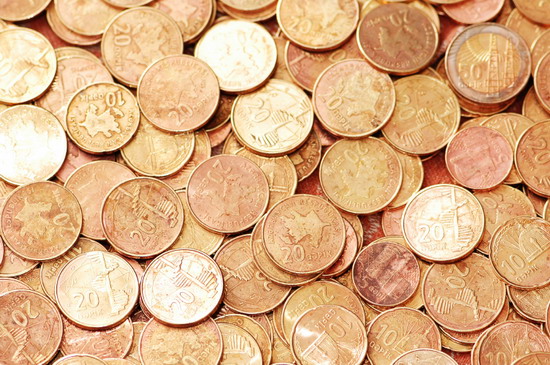Azerbaijan National Currency

Manat – National Currency of Azerbaijan
Azerbaijan firstly issued its own currency in 1919. Strive of young Azerbaijan Democratic Republic to introduce its national currency in the international arena was expressed that the highest denomination of 500 manats was written in international French language.
The next time the currency was issued in 1920 with the name of Azerbaijan Soviet Socialist Republic, but later in 1923 Azerbaijan became part of Transcaucasian Soviet Federal Socialist Republic and the control over banking system of Azerbaijan moves to Moscow. In 1936, according to the Constitution of USSR, Azerbaijan joined the Soviet Union and ruble became the only currency.
The new page in the history of currency circulation in the country began upon restoration of independence of Azerbaijan. The President of Republic of Azerbaijan issued a decree on national currency on 15th of July, 1992.
National currency was put into circulation on 15th of August 1992, and from 1st of January 1994 the head of the country Heydar Aliev had made the national currency the sole legal circulating medium throughout the country.
Azerbaijan currently issues banknotes with denominations of 1,5, 10, 20, 50 and 100.
Manat is equal to 100 qapiks. There are metal coins in denominations of 1, 3, 5, 10, 20 and 50 qapiks. Designer of the modern Azerbaijani manat is Robert Kalina from the OeBS (Osterreichische Banknoten und Sicherheitsdruck GmbH), the developer of a modern Euro design. Technical parameters of a new generation banknotes are developed with technical assistance of National Bank of Switzerland. Banknotes of a new generation has four-pillar protection system, with Level I being determined by the population without any special equipment.
Banks in Azerbaijan work 09.00-09.30 to 17.30 with some banks working till late evening. Currency can be exchanged in banks, hotels and numerous exchange points. They are often open round-the-clock (in Baku, big cities and airports). Some shops have their currency exchange offices. The currency rate in banks and exchange offices differs insignificantly.

